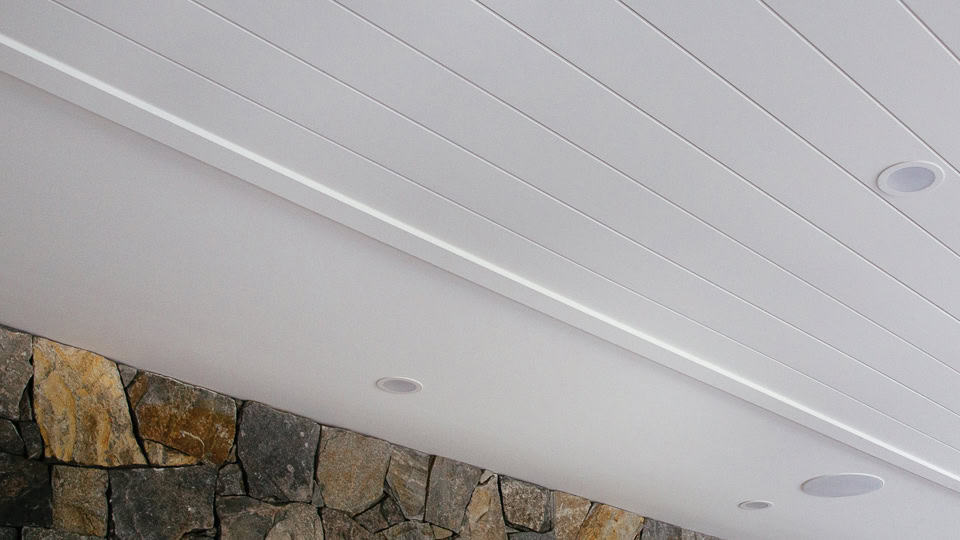MDF Mouldings Technical Guide
Applications
Woodhouse MDF Mouldings are used as skirtings, architraves, door jambs and lining boards. Woodhouse MDF Mouldings are designed for interior use and are not recommended for use in situations where they will be exposed to water or prolonged high humidity. Do not use in shower cabinets, saunas or in exterior applications. In situations where they will be exposed to heat from fireplaces or solid fuel heaters, Woodhouse MDF Mouldings should be installed with the same clearances used for solid timber.
Conditioning
We recommend you unwrap the moulding bundles 48 hours before installation and stack indoors to allow air to circulate. This will allow the mouldings to acclimatise and adjust to the room’s moisture content and temperature for an easier application process.
Fixing
Installing our MDF Mouldings to an existing masonry, timber lined or metal framed wall requires nothing more than normal joinery techniques used with nails, staples or screws. Fastener spacing should not exceed 600mm for 18mm or 450mm for 12 and 15mm thick mouldings. The fastener should penetrate at least 25mm into the timber framing behind the wall lining. Fastening should be kept at least 25mm away from any edges to avoid splitting the ends and corners. When using a nail gun we recommend you use a protective tip to eliminate any bruising that occurs with all softwood products. For screw fixing a pilot hole should be pre-drilled to receive the screws without damage. The application of a building adhesive with mechanical fixing is also recommended to increase holding strength where required or where fixing to masonry walls.
Cutting and Shaping
Woodhouse MDF Mouldings are easily cut or routed to any required shape. In order to create a smooth cut to a moulding section you should ensure the use of a fine toothed saw or power router and ensure the profile is facing upwards whilst cutting to protect the primed surface. To avoid swelling, cut edges should be primed to keep moisture out.
Painting and Finishing
Woodhouse MDF Mouldings are machine coated with acrylic primer to make installation quicker and easier and are ready for your choice of finish coats after the fit out is completed. Stop all nail and staple holes with putty, allow to dry and sand any rough edges. Apply two top coats of acrylic or enamel, in a gloss or satin finish for the best result. A light sand using 280- 320 grit sand paper is recommended between top coats.
Storage
We recommend storing Woodhouse MDF Mouldings in a flat location away from any extreme heat or moisture. To prevent water damage place mouldings under cover and use gluts or a pallet system to keep the boards off the ground. Never store mouldings directly on concrete floors.
E0 Emission Rating
Woodhouse MDF Mouldings are produced to E0 specifications with EcoBind resin technology so we can produce and meet the most stringent ‘green’ construction and emission standards.
Moisture Resistance
Woodhouse MDF Mouldings are subject to regular testing according to the EWPAA Certification Scheme (AS/NZ1895.2) and this ensures our products are manufactured to the highest Australian standards for moisture resistance.
Safe Work Practices
Work areas must be well ventilated and kept clean. Sawing, sanding and machining equipment must be fitted with dust extractors to ensure that dust levels are kept within standards laid down by Work Safe Australia. If not, a P1 or P2 dust mask conforming to AS/NZS 1715 and AS/NZS 1716 and eye protection conforming to AS/NZS 1336 must be worn. Offcuts, shavings and dust must be disposed of in a manner that avoids the generation of dust and in accordance with the requirements of local waste disposal authorities. Refer to the Material Safety Data Sheet for our website.
Time-proven timber products, available around the country fast, flexibly & frequently.
When you need fit-for-purpose timber products manufactured to go the distance, you need Woodhouse.

